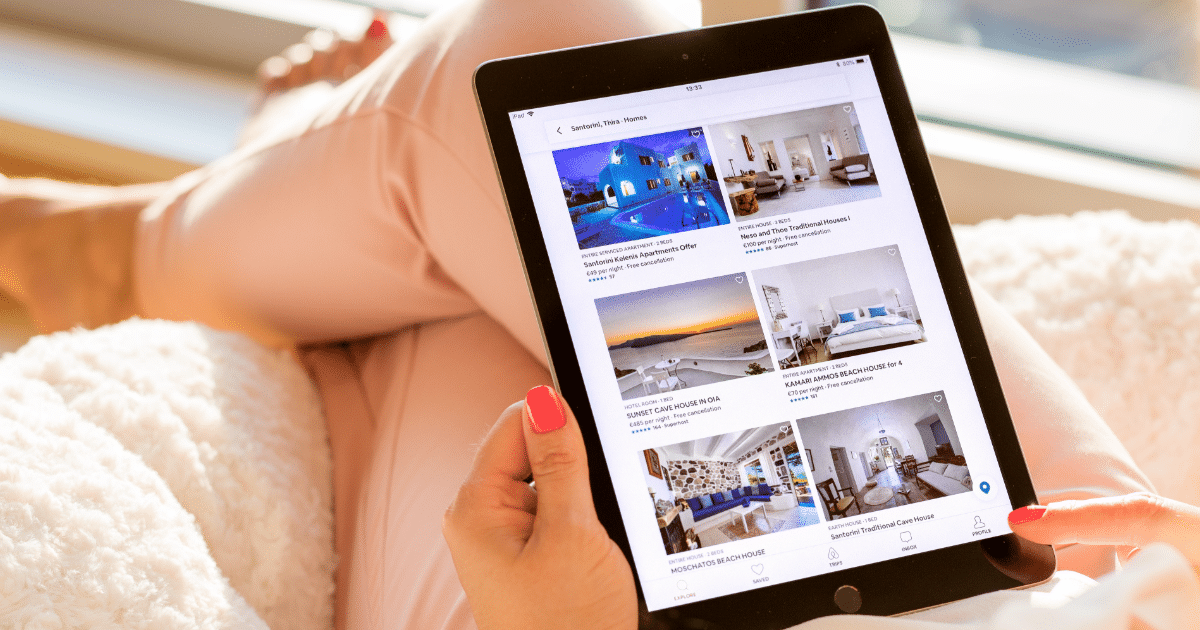
B2B buyers don’t have time to waste, and they definitely don’t have time for ads that don’t get to the point. Between overflowing inboxes, endless vendor pitches, and pressure to drive measurable results, decision-makers are trained to ignore the noise. That means traditional display ads, the ones that rely on flashy designs or clever slogans, fall flat.
But here’s the opportunity: When you ground your display advertising in buyer intent, data precision, and outcome-focused messaging, you stop being noise. You become a signal. The kind of signal that shows up at the right moment, with the right message, for the right buyer.
Smart B2B display advertising isn’t about reach; it’s about relevance. It’s not about being seen by everyone, it’s about being remembered by the right ones. If your ads aren’t built for impact, they’re built to be ignored.
Let’s talk about what actually works, and why display strategy needs to evolve if marketers want to win.
What Sets Great B2B Display Ads Apart
So, what makes a good B2B display ad? Strategic clarity. Sharp audience targeting. Messaging that cuts through the noise and speaks to real pain points.
But there’s one more factor that separates great from forgettable: purpose. Great B2B ads aren’t just designed to be seen; they’re designed to drive the next step. Whether it’s a click, a revisit, or a conversation, every element in the ad should guide action.
A good display ad isn’t just eye candy. It pushes buyers to take the next step. A well-timed message can tip the scale toward engagement, especially when it’s personalized, relevant, and aligned with where the buyer is in their journey.
The best display ads examples don’t try to be clever for clever’s sake. They’re clear, outcome-driven, and deliver just enough intrigue to invite the click without overselling.
Key characteristics of great ads:
- Specificity: Speak to a specific role, problem, or goal. Vague doesn’t win attention.
- Value-first messaging: Lead with what the buyer gets, not what you’re offering.
- Strong creative hierarchy: Eye-catching visuals, easy-to-read copy, and a CTA that makes sense.
- Data-informed targeting: Show up only where it matters, with messaging that resonates.
- Contextual awareness: Align with content and environments buyers already trust.
Because in B2B, you’re not selling widgets, you’re selling outcomes. And that requires a display strategy rooted in performance, not guesswork.
Why Display Ads Need a Different Strategy for B2B Buyers
Consumer ads aim to spark instant desire. B2B display ads have to build layered influence across longer, non-linear journeys. The difference? B2B buyers don’t just make purchases, they justify investments.
That means display ad strategy has to shift from volume to value. You’re not looking for a one-click conversion. You’re working to stay visible, credible, and contextually relevant while decision-makers do their research, build consensus, and evaluate risk.
Today’s B2B buying cycle is complex: multiple stakeholders, longer timelines, higher scrutiny. That’s where tactics like retargeting, ABM display, and message sequencing shine. They help keep your brand top of mind without wasting spend on low-intent traffic.
Display ads aren’t just for awareness; they help guide the whole buying journey.
Types of display ads that work in B2B:
- Static banners reinforce brand presence across trusted environments.
- Responsive display adapts to user behavior and device, increasing visibility.
- Retargeting ads nudge accounts already showing interest—high ROI when timed right.
So, what are display ads best for? Reinforcement, reach, and relevance at scale. When powered by data and intent signals, display ads help you surround the buying group without wasting spend on the wrong audiences.
The key benefit of display ads in B2B? Persistent visibility that supports long-term conversion, not just quick clicks.
And when you’re trying to stay visible across that long buying cycle, knowing where and how your ads appear matters just as much as the message itself. That’s where platforms like Google Display come into play, giving marketers the scale they need, but only if they use it strategically.
How B2B Buyers Notice Google Display Ads
You’ll find Google Display ads across business news sites, trade publications, tech blogs, Gmail, YouTube, and millions of partner websites, showing up where B2B buyers already spend their time. But visibility isn’t enough. Placement is just the shell. Performance comes from relevance.
In B2B, ad visibility has to feel purposeful. A display ad is more likely to be noticed and remembered if it shows up in context: when the buyer is consuming related content, searching a related term, or researching a competitor.
That’s why environment and mindset alignment matters. Ads that mirror the buyer’s intent journey feel less like interruptions and more like timely nudges.
This is where smart placement and intent data intersect. If you know your target accounts are researching specific product categories or pain points, you can ensure your display ads surface within those environments and narratives. That’s not just brand lift, it’s behavioral reinforcement.
Google Display ads specs make it possible to format for all these placements, but the real win is when creative and context work together.
That raises a key performance question: what is a good ROAS for B2B display ads? It’s not just about clicks, it’s about advancing deals, influencing buying groups, and driving next-step actions like repeat visits, demo signups, or deeper funnel engagement.
When done right, display ads become part of the buyer’s learning loop not just an outbound interruption.
RELATED: Achieving Maximum Impact with a Multi-Channel Display Advertising Strategy
How to Optimize Display Advertising with Intent Data
Here’s where display ads shift from good to great: when they’re powered by intent data. Most campaigns rely on demographics and firmographics, but that only tells you who your audience is, not what they care about right now.
Intent data changes that. It reveals which accounts are actively researching your solution category, competitors, or relevant pain points, giving you the intelligence to:
- Trigger ads based on buyer readiness.
- Align creative with what the audience is actively exploring.
- Prioritize spend on accounts that are in-market not just in your ICP.
That’s the difference between casting a wide net and launching a precision strike.
With DemandScience, you don’t just get intent data, you get activation. We help marketers build campaigns that move with the buyer: surfacing the right message at the right time across the right channels. Whether you’re running ABM or broader demand gen, we connect targeting with actual buyer behavior.
Smart creative adapts to formats and placements but that only works when it’s backed by real-time intent signals.
So how successful are display ads? When they’re fueled by intent and optimized continuously, they don’t just generate clicks, they accelerate pipeline. It’s not about one interaction; it’s about building momentum across the entire decision journey.
Display Ad Examples That Actually Drive B2B Results
Intent tells you who to target and when, but your creative determines whether they engage.
You’ve optimized for audience. You’ve matched message to intent. Now it’s time to make sure the creative actually performs.
The best-performing B2B display ads don’t just look good, they’re built to earn attention, deliver value fast, and move buyers one step closer to action. Whether you’re building awareness or driving mid-funnel engagement, smart design is the difference between “seen it” and “clicked it.”
Think of standout creative, like some of the most effective recent Google Display ad examples, as more than just pixels. They’re your opportunity to make a measurable impression.
Here’s what separates strong display advertising examples from the forgettable ones:
- Visual hierarchy that guides the eye: Clear headline, focused imagery, logical flow.
- Copy that earns the glance: Say something meaningful in five seconds or less.
- CTAs that don’t overthink it: One ask, clear value.
- Consistent branding: Make your presence recognizable across placements.
- Mobile-aware layout: If it doesn’t work on mobile, it doesn’t work.
Still wondering what is an example of a display ad that performs in B2B? It’s one that speaks to real decision-maker priorities, whether that’s consolidating spend, validating a shortlist, or hitting pipeline goals. And it does all that without feeling like a hard sell.
When you get the creative right, your ad stops being an interruption and starts being a solution.
Measuring What Matters and Making It Work
In B2B, display advertising isn’t about chasing the highest CTR. It’s about reaching the right accounts with the right message at the exact moment they’re ready to act. That means measuring what actually matters: influenced pipeline, account engagement, deal acceleration.
This is where smarter strategy meets smarter tools. DemandScience helps you bring it all together: data-backed targeting, intent-based orchestration, and creative built for conversion.
You get full transparency into what’s working and what’s not, so you can optimize faster and grow smarter.
Because in a world full of noise, the ads that win are the ones backed by data, built with purpose, and seen by the right decision-makers at the right time.
Ready to run display ad campaigns that actually move the needle?
Supercharge your B2B marketing strategies today.










